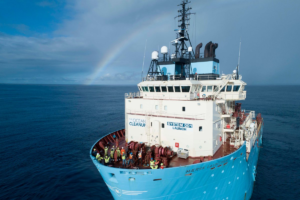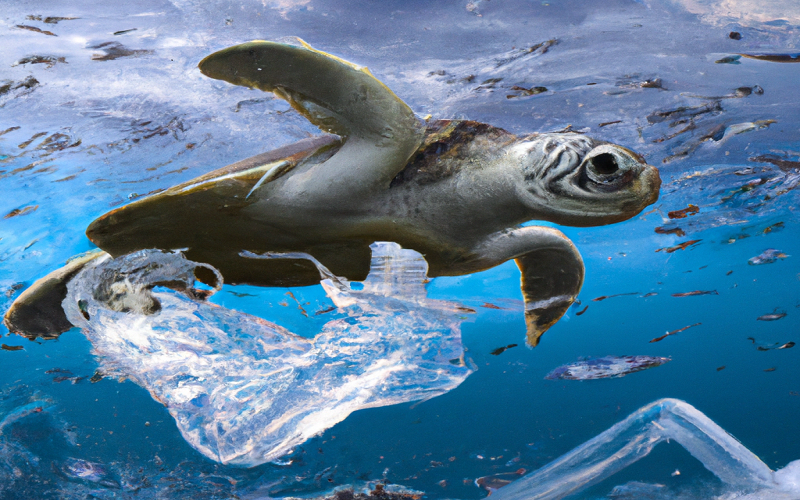The world’s oceans are facing a plastic pollution crisis. Every year, an estimated 8 million tons of plastic waste enters the ocean, where it can harm marine life, decimates fisheries and pollute our beaches and coastlines.
There are many ways to address this problem, but one of the most promising is the use of artificial intelligence (AI). AI can be used to identify and track plastic pollution, develop new cleanup technologies, and educate the public about the issue.
Identifying and Tracking Plastic Pollution
One of the greatest challenges in addressing plastic pollution is simply identifying where it is. AI can help with this task by using satellite imagery and machine learning to identify plastic debris in the ocean. This information can then be used to develop targeted cleanup efforts.
For example, The Ocean Cleanup is a non-profit organization that uses AI to identify and track plastic


pollution in the Great Pacific Garbage Patch. The organization uses a fleet of autonomous boats to collect data on the location and size of plastic debris. This data is then used to develop and deploy cleanup systems that can remove plastic from the ocean.
Developing New Cleanup Technologies
AI can also be used to develop new cleanup technologies. For example, researchers at the University of California, Berkeley have developed a robot that can swim through the ocean and collect plastic debris. The robot is equipped with a camera and a suction system that allows it to identify and remove plastic particles from the water.
Another promising technology is the use of autonomous drones. Drones can be equipped with cameras and sensors that can be used to identify and track plastic pollution. They can also be used to deploy cleanup systems, such as nets and traps, that can collect plastic from the ocean.
Educating the Public
AI can also be used to educate the public about the issue of plastic pollution. AI-powered chatbots can be used to answer questions about plastic pollution and provide tips on how to reduce plastic waste. AI can also be used to create educational videos and games that teach children about the importance of protecting our oceans.
In addition to the technologies mentioned above, there are a number of other ways that AI can be used to clean up our oceans. For example, AI can be used to:
- Design more efficient and effective cleanup systems
- Optimize the placement of cleanup systems
- Track the progress of cleanup efforts
- Communicate with the public about cleanup efforts
As AI continues to develop, it is likely that we will see even more innovative and effective ways to use it to clean up our oceans.
AI is a powerful tool that can be used to address the problem of plastic pollution. By identifying and tracking plastic pollution, developing new cleanup technologies, and educating the public, AI can help us to clean up our oceans and protect marine life.










